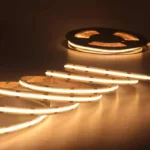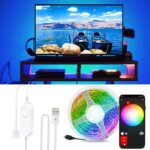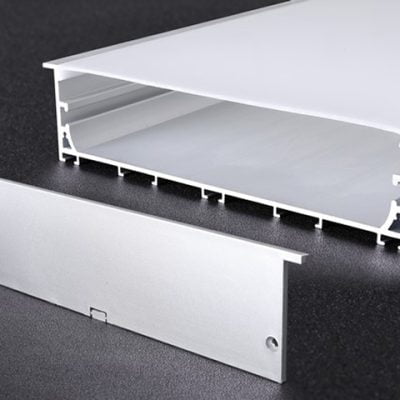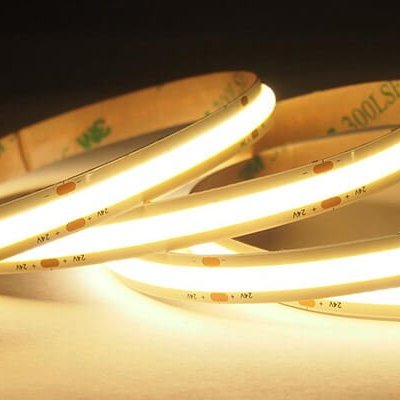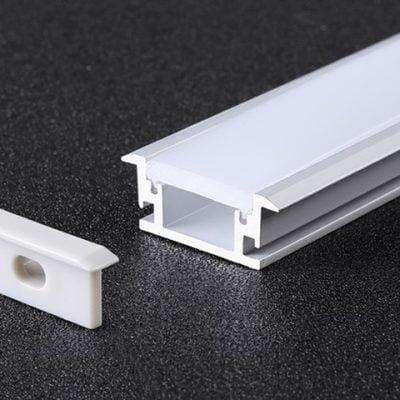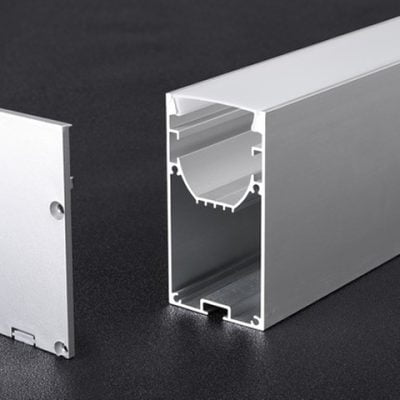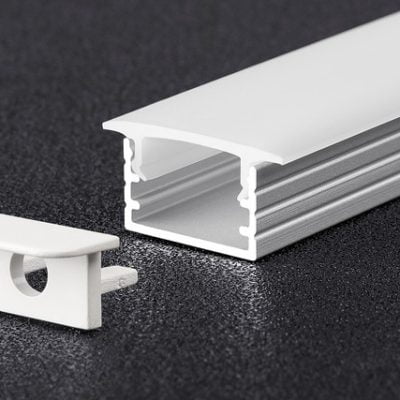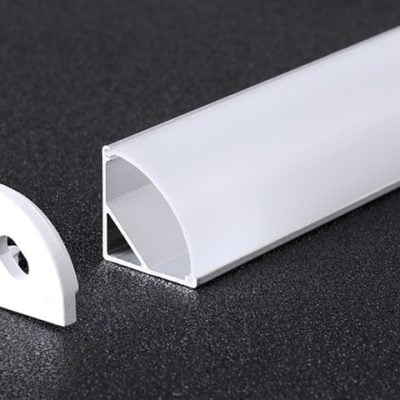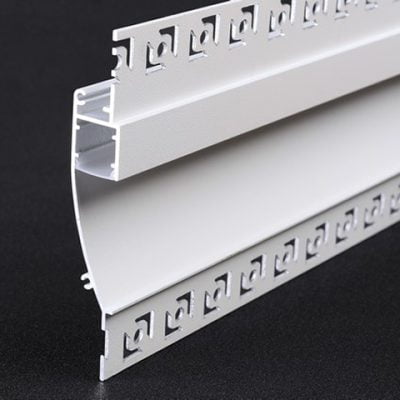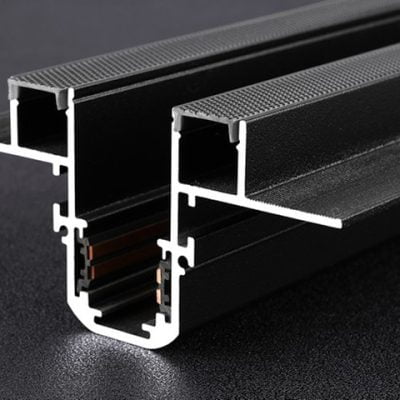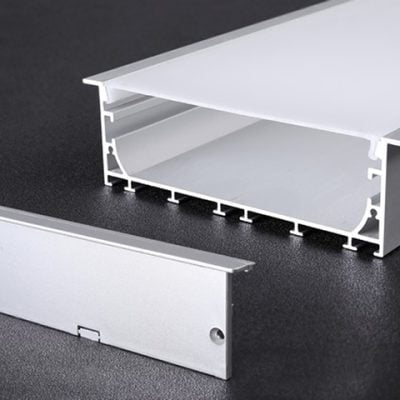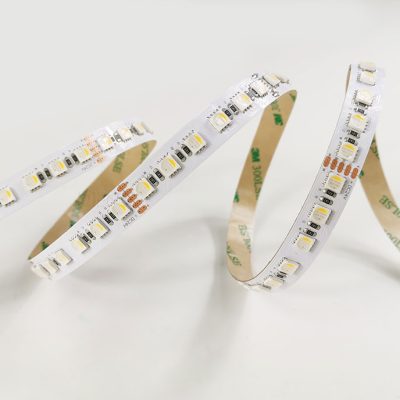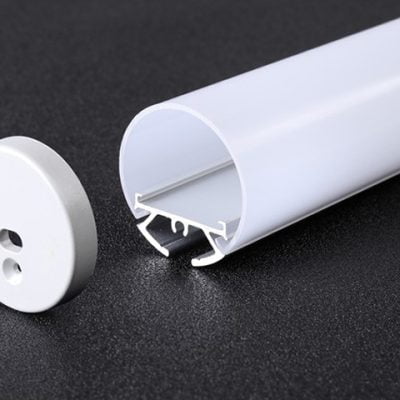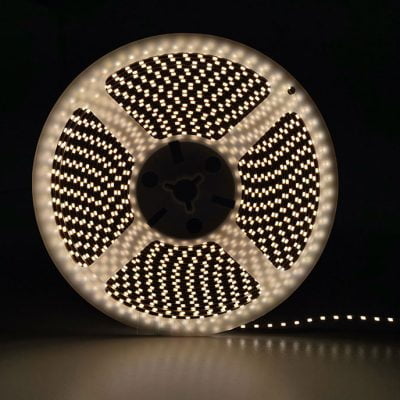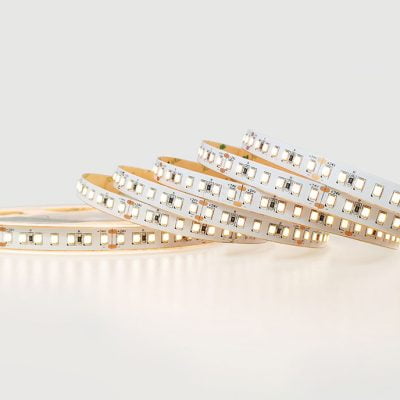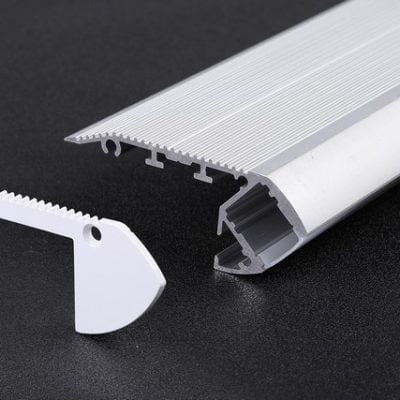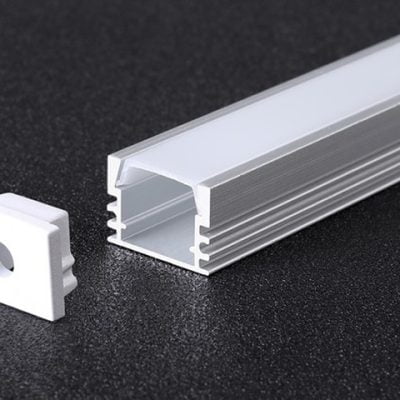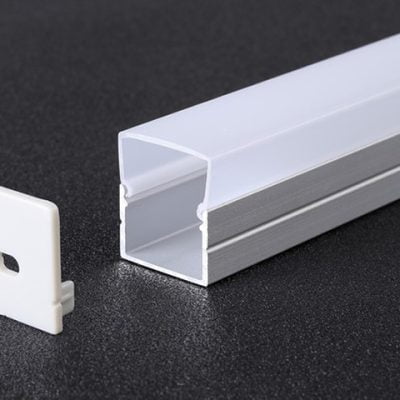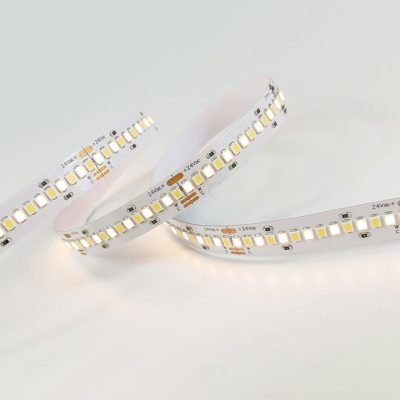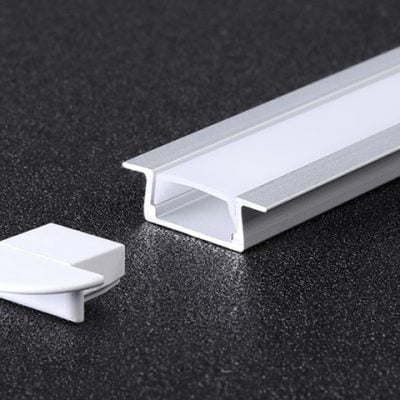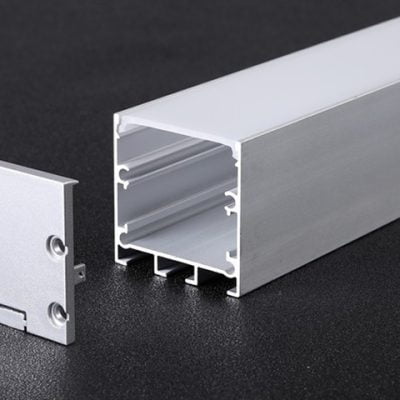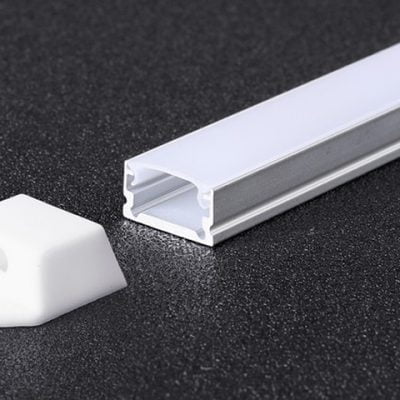
Choosing the right LED strip light can transform your living space, adding both functionality and ambiance. As a professional LED strip light manufacturer from China, we at Lightstec understand the importance of selecting high-quality, smart home-compatible lighting solutions. Whether you're looking for accent lighting in your bedroom or waterproof options for outdoor use, this guide will walk you through the essential steps to choose the perfect LED strip light.
LED strip lights have become increasingly popular in smart homes due to their versatility, energy efficiency, and ability to create stunning visual effects. From creating a cozy atmosphere in your bedroom to adding a modern touch to your ceiling, LED strips offer endless possibilities for home decoration and lighting.
Before we dive into the specifics, it's important to note that not all LED strip lights are created equal. As a leading China LED strip light supplier, we at Lightstec pride ourselves on delivering top-quality products that meet the highest standards of performance and durability.
※ Fact Check: High-quality LED strip lights can last up to 50,000 hours, which is equivalent to over 5 years of continuous use.
※ Fact Check: LED strip lights use up to 75% less energy than traditional incandescent lighting, making them an eco-friendly choice for smart homes.
Table of Contents
- Determine Your Lighting Needs
- Consider Color Temperature and Brightness
- Choose the Right IP Rating for Your Environment
- Smart Home Compatibility and Control Options
- Quality and Durability Considerations
How to Determine Your Lighting Needs?
The first step in choosing the perfect LED strip light is to assess your lighting needs. Are you looking for accent lighting to create a cozy atmosphere in your bedroom, or do you need bright task lighting for your kitchen countertops?
Understanding your specific requirements will help you narrow down your options and choose the most suitable LED strip light for your space.
When determining your lighting needs, consider factors such as the room's size, the desired ambiance, and the primary purpose of the lighting. For example, LED strip lights for bedrooms might focus more on creating a relaxing atmosphere, while strips for a home office might prioritize brightness and color accuracy.

To help you visualize different lighting scenarios, consider the following table:
| Room Type | Lighting Purpose | Recommended LED Strip Features |
|---|---|---|
| Bedroom | Ambient lighting | Dimmable, warm CCT options |
| Kitchen | Task lighting | High brightness, cool CCT |
| Living Room | Accent lighting | RGB color-changing, smart control |
| Bathroom | Functional lighting | Waterproof, high CRI |
| Home Office | Productive lighting | Adjustable CCT, glare-free |
※ Fact Check: The human eye perceives different color temperatures as more or less relaxing. Warm light (2700K-3000K) is often preferred for bedrooms, while cooler light (4000K-6500K) can enhance productivity in work areas.
※ Fact Check: LED strip lights with high Color Rendering Index (CRI) of 90+ can accurately display colors, making them ideal for areas where color accuracy is important, such as bathrooms or art display areas.
What Role Does Color Temperature and Brightness Play in LED Strip Selection?
Color temperature and brightness are crucial factors that significantly impact the mood and functionality of your lighting. Understanding these concepts will help you choose LED strip lights that perfectly complement your space and meet your lighting needs.
Color temperature, measured in Kelvin (K), determines whether the light appears warm (yellowish) or cool (bluish). For a cozy, relaxing atmosphere in bedrooms or living rooms, opt for warm white LEDs (2700K-3000K). For task-oriented areas like kitchens or home offices, consider cool white LEDs (4000K-6500K) that promote alertness and productivity.
Brightness, measured in lumens, determines how much light the LED strip emits. The right brightness level depends on the room's size and the lighting purpose. For accent lighting, you might want lower brightness levels, while task lighting requires higher brightness.
[sub-heading featured image]
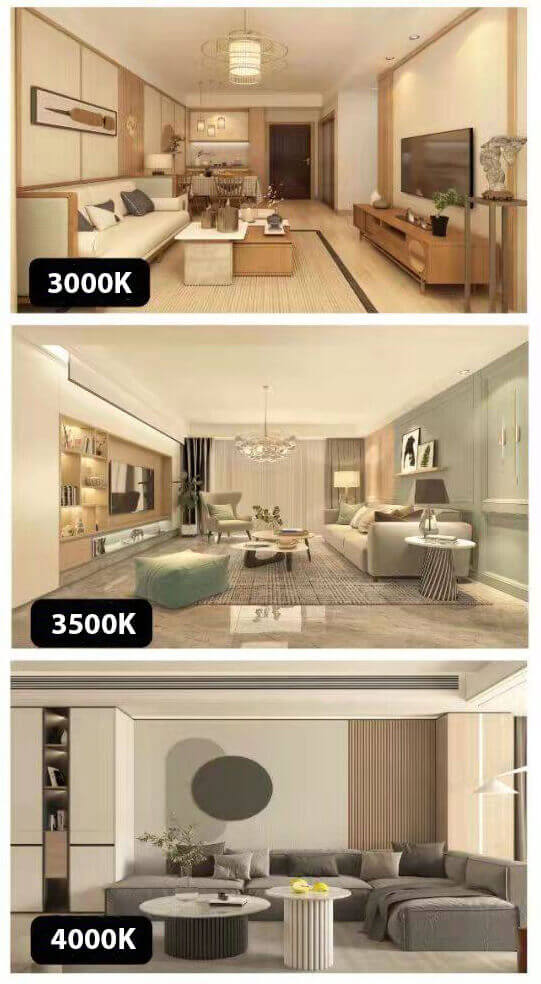
Here's a table to help you understand brightness levels:
| Brightness Level | Lumens per Foot | Suitable Applications |
|---|---|---|
| Low | 100-250 | Ambient lighting, TV backlighting |
| Medium | 250-500 | Under-cabinet lighting, cove lighting |
| High | 500-1000+ | Task lighting, primary room illumination |
※ Fact Check: Some advanced LED strip lights offer tunable white light, allowing you to adjust the color temperature from warm to cool throughout the day, mimicking natural daylight patterns and supporting your circadian rhythm.
※ Fact Check: The brightness of LED strips can be affected by factors such as the density of LEDs per meter and the quality of the LED chips used. Higher-quality LED strips often provide more consistent and efficient lighting.
Why is the IP Rating Important When Choosing LED Strip Lights?
The IP (Ingress Protection) rating is a crucial factor to consider when selecting LED strip lights, especially for areas exposed to moisture or outdoor environments. This rating indicates the level of protection against dust and water ingress, ensuring the longevity and safety of your lighting installation.
Understanding IP ratings is essential for choosing waterproof LED strip lights that can withstand various environmental conditions. The rating consists of two digits: the first indicates protection against solid objects, and the second against liquids.
For indoor use in dry areas, a standard non-waterproof LED strip (IP20) may suffice. However, for kitchens, bathrooms, or outdoor installations, you'll need higher IP ratings to protect against moisture and water exposure.
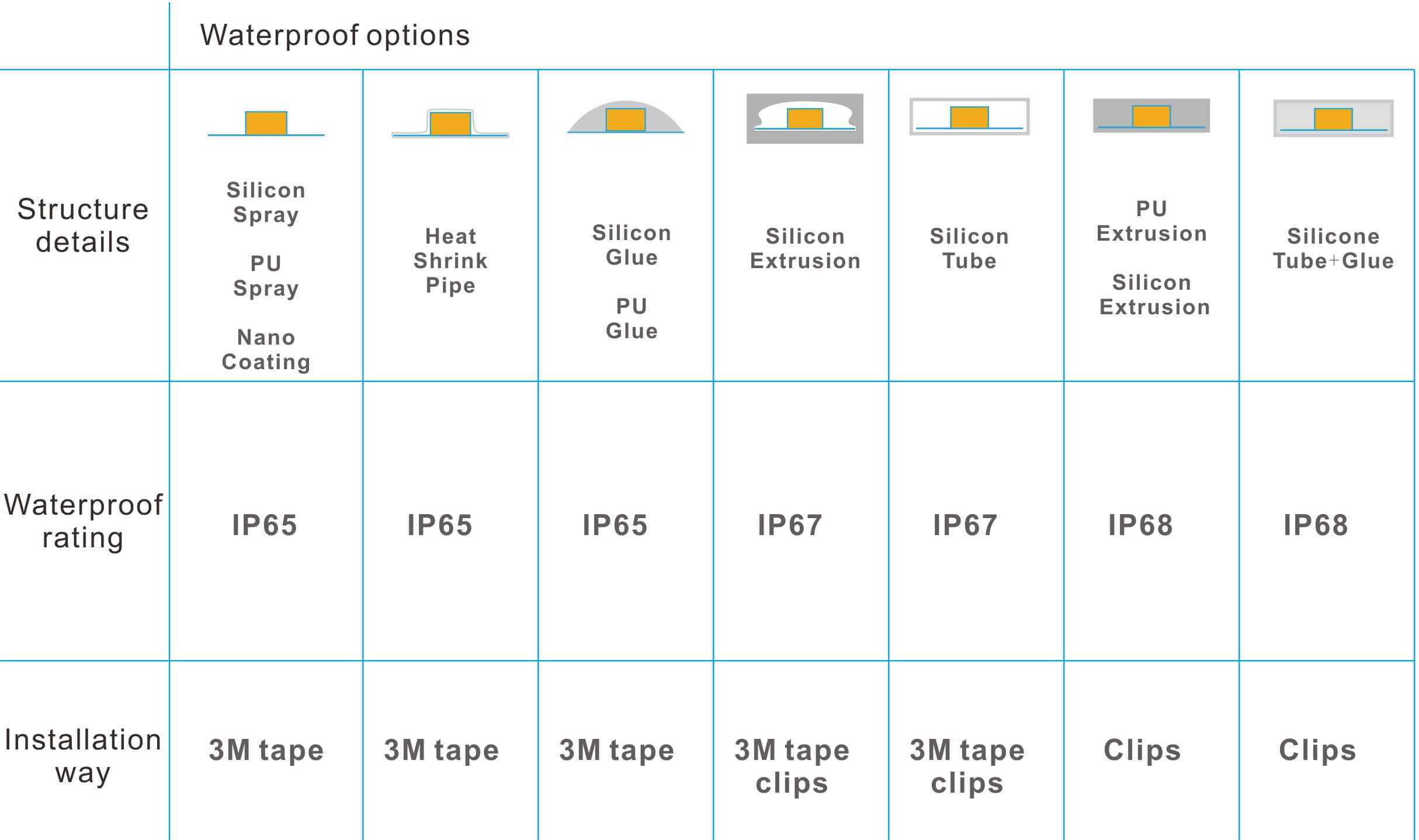
Here's a quick reference table for common IP ratings:
| IP Rating | Protection Level | Suitable Locations |
|---|---|---|
| IP20 | No water protection | Dry indoor areas |
| IP44 | Splash-resistant | Bathrooms, covered patios |
| IP65 | Water-resistant | Kitchens, outdoor under cover |
| IP67 | Waterproof | Outdoor, temporary submersion |
| IP68 | Fully waterproof | Underwater applications |
※ Fact Check: LED strip lights with an IP65 rating or higher can withstand direct water spray, making them suitable for outdoor use in most weather conditions.
※ Fact Check: While higher IP ratings offer better protection, they may also affect the flexibility and ease of installation of the LED strip. Consider the balance between protection needs and installation requirements when making your choice.
How to Ensure Smart Home Compatibility and Control Options?
In today's connected world, smart home compatibility is a key consideration when choosing LED strip lights. The ability to control your lighting through voice commands, smartphone apps, or home automation systems adds convenience and enhances the overall smart home experience.
When selecting LED strip lights for your smart home, look for options that support popular protocols like Wi-Fi, Bluetooth, Zigbee, or Z-Wave. These technologies allow seamless integration with smart home hubs and voice assistants such as Amazon Alexa, Google Home, or Apple HomeKit.
Advanced control options can include features like:
- Color changing and dimming capabilities
- Scheduling and timer functions
- Music synchronization
- Custom scene creation
[sub-heading featured image]
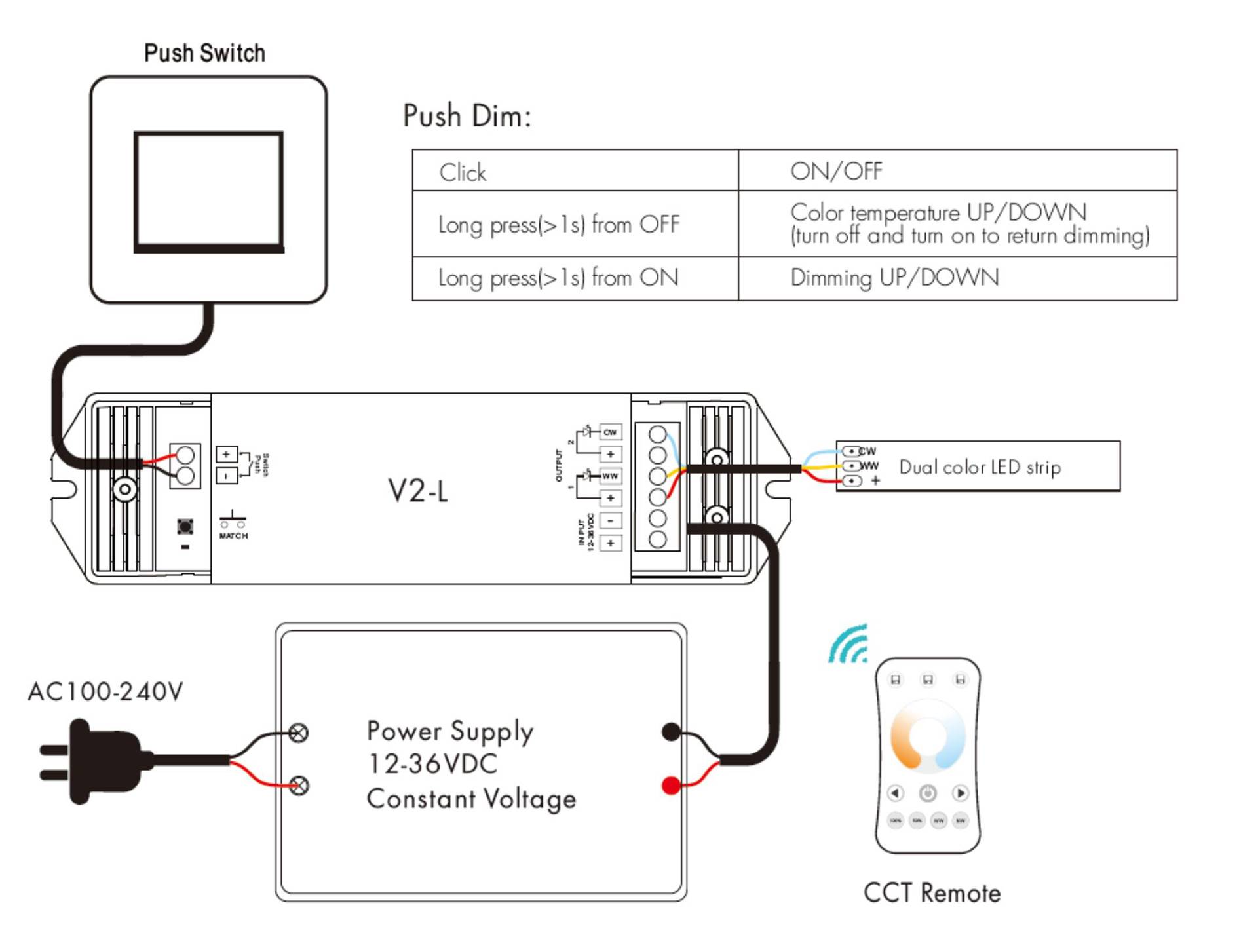
Consider the following comparison of smart control features:
| Feature | Basic LED Strips | Smart LED Strips |
|---|---|---|
| On/Off Control | Manual switch | App, voice, automation |
| Dimming | Limited or none | Full range, precise control |
| Color Changing | Fixed colors | Millions of colors, dynamic effects |
| Scheduling | Not available | Customizable schedules |
| Integration | Standalone | Works with other smart devices |
※ Fact Check: Some advanced LED strip lights can be controlled via Wi-Fi without the need for a separate hub, simplifying the setup process and reducing overall system cost.
※ Fact Check: LED strip lights with individual addressable LEDs (like WS2812B) offer the most advanced control options, allowing for pixel-level color control and complex lighting effects.
Conclusion
Choosing the right LED strip light for your smart home involves considering various factors, from your specific lighting needs to technical specifications like color temperature, brightness, and IP rating. By understanding these aspects and how they relate to your space and requirements, you can select LED strip lights that not only illuminate your home beautifully but also integrate seamlessly with your smart home ecosystem.
Remember, as a professional LED strip light manufacturer, Lightstec offers a wide range of high-quality options to suit every need. Whether you're looking for accent lighting in your bedroom, waterproof solutions for outdoor spaces, or smart-enabled strips for whole-home control, we have the perfect product for you.
By following this guide and considering your unique requirements, you'll be well-equipped to make an informed decision and transform your living space with the perfect LED strip lights.
Q&A
-
Q: How long do LED strip lights typically last?
A: High-quality LED strip lights can last up to 50,000 hours or more, which is equivalent to over 5 years of continuous use. However, the actual lifespan can vary depending on factors such as usage patterns, environmental conditions, and the quality of the LEDs and components used.
-
Q: Can I install LED strip lights myself, or do I need a professional?
A: Many LED strip lights are designed for easy DIY installation. However, for complex setups, outdoor installations, or if you're not comfortable with electrical work, it's best to consult a professional electrician to ensure safe and proper installation.
-
Q: Are LED strip lights energy-efficient?
A: Yes, LED strip lights are highly energy-efficient. They use up to 75% less energy than traditional incandescent lighting, which can lead to significant savings on your electricity bill over time.
-
Q: Can I cut LED strip lights to fit my space?
A: Most LED strip lights can be cut to length, but only at designated cutting points marked on the strip. Always check the manufacturer's instructions before cutting to ensure you don't damage
People Also Care about These Questions
LED Strip Lights Manufacturing Process
LED lighting production requires high precision, but many manufacturers make their lights on basic assembly lines. We strictly regulate and monitor all processing steps in our manufacturing system. We also have a full set of equipment designated for production and quality control. We employ experienced engineers who are also factory supervisors to ensure strict quality control for every single LED strip light.
We hope that this post will increase your understanding of the LED lighting industry and allow you to further develop and explore the product line.

Step 1. LED strip light material IQC
Materials arrived in the factory, no matter PCB, led, ic, resistance, aluminum profile, cables, need QC check. all the items need to meet the requirement. Quality Control is the first thing we have to do when all the materials arrive. We have to inspect them whether they are qualified or not --- however, there may still be some defective products that have gone through the whole process of production --- defects in materials, processing, or shipping.
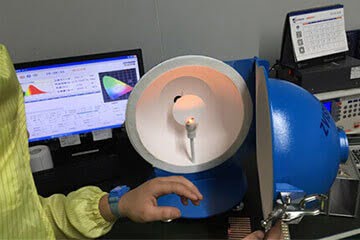
Step 2. LED color temperature check
Now, with all new led chips, you need to test the LEDs color temperature. The brightness of the same color is not always the same. The Color Rendering Index is also a topic that you have to make sure the client.
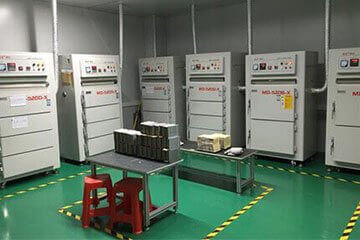
Step 3. LED dry process
Usually, this process will be followed by the SMT process. LED needs to be dried before it is processing SMT. The temperature of the drying is not less than 65℃ in 8 hours.
Step 4. LED strip light SMT process
LED strip light SMT process is widely used in modern lighting units. What is funny is that SMT stands for Surface Mount Technology, but the technology on how to produce the LED is not just called mount surface but also includes a high-speed automated machine. Many people are misunderstanding this.

Step 5. LED strip light reflow soldering process
Reflow soldering technology process after SMT, the components, and PCB using the solder paste. The PCB from the reflow soldering machine into a certain temperature. The solder paste into the liquid consistency of melted, and then bonded to different components.
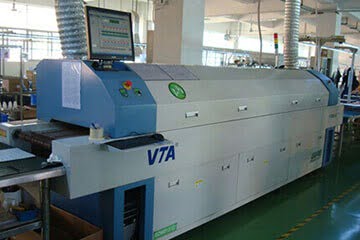
Step 6. LED strip light inspection process
we have 100% test to make sure there is no physical damage to the products. The visual inspection ensures that there is no color shift in the LEDs and if any components are misaligned in solder bridges.
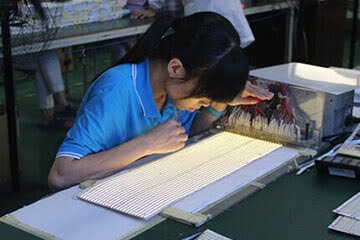
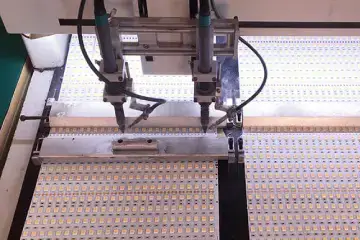
Step 7. LED strip light soldering process
Some small-size PCB with the zero angle, lead free soldering process. After inspection, the LED ribbon passes through a soldering machine, which connects 0.5m ribbon to 5m long strips.
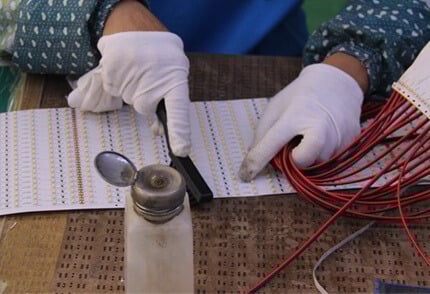
Step 8. LED strip light PCB clean process
The PCB surface for the LED strip has a soldering iron to clean. The first thing to do is still soldering. Solder the IC can be used to prevent oxidization during the soldering process, and then cut off the excess lead wire into a round toothpaste drum, like oxidation. After all of this is completed, we can continue to clean it.
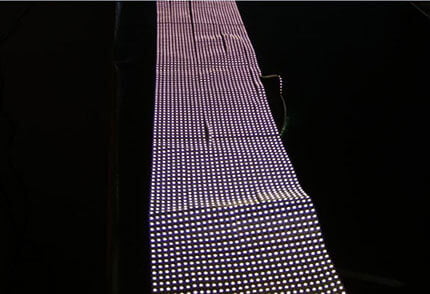
Step 9. LED strip light ageing process
In fact, all the led product needs a lighting test for 8 hours, to ensure each LEDs runs in good condition. And we can measure the colors during the lighting test, and whether the LEDs are in the right color temperature, and whether the driver working well. So this is very important for the manufacturer to make sure every LEDs is ok.
Step 10. LED strip light waterproof process
LED strip lights are waterproof and also rust resistant, which make them suitable for a number of applications inside and outside the house. LED strip light waterproofing process selection is an important step in the manufacturing process. There are high quality IP65 silicon tube waterproof and IP67 silicon injection waterproof available on the market.
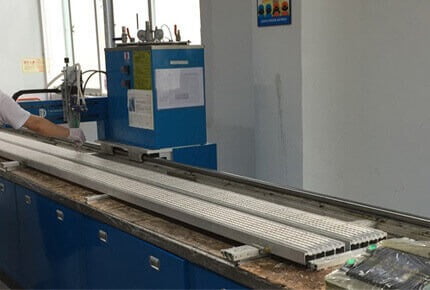
Step 11. LED strip light add 3M tape process
The 3M tape on the strip’s backside provides consumers with convenience and ease in installing LED strip lighting.
We use 3M 9080 for all the non-waterproof and waterproof strip, some customers request other 3M adhesive with better stickiness or better thermal conductivity, that’s available as well.
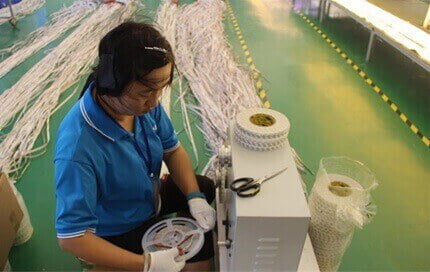
Step 12. LED strip light final inspection
After the entire LED strip package has passed through our processing, LED Starlight's quality control department will perform a final check on our products. We not only make sure they have the same lighting color and are free from defects but also the appearance is good enough to meet the customers' requirements.
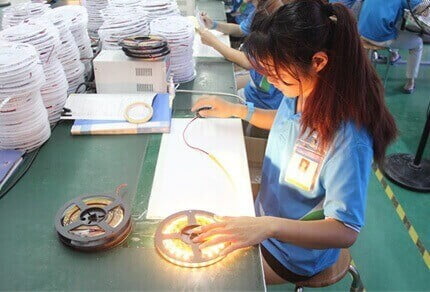
-
Architectural Lighting Profile (30)
-
COB LED Strips (4)
-
Drywall LED Channel (21)
-
Ground LED Channel (7)
-
Hanging profile light (29)
-
LED Aluminum Profile (178)
-
LED Corner profile (4)
-
LED Skirting Baseboard (10)
-
Magnetic LED Aluminum Profiles (6)
-
Recessed LED Channel (24)
-
RGBW Color Changing LED Strips (8)
-
Round LED profile (2)
-
Side View LED Strips (1)
-
Single Color LED Strips (6)
-
Stair LED Strip Profile (2)
-
Surface mount led profile (17)
-
Three sides illuminated profile (3)
-
Tunable White LED Strips (3)
-
Under cabinet lighting channel (18)
-
Wall mounted linear light (11)
-
Wardrobe railing profiles (1)
-
Waterproof LED channel (4)

